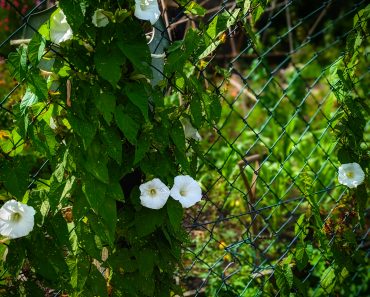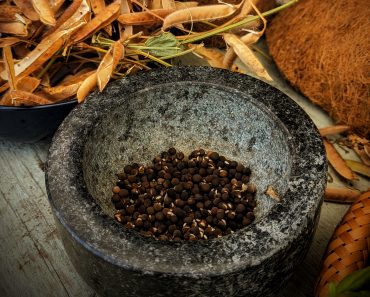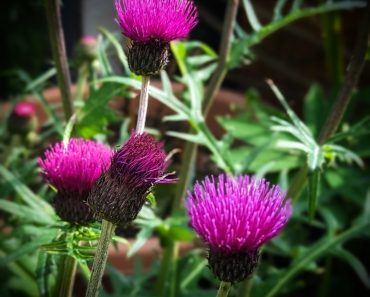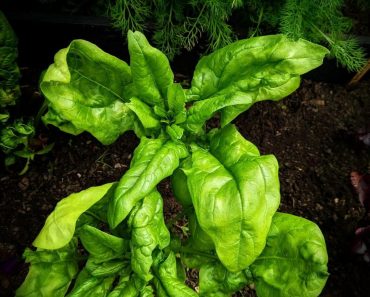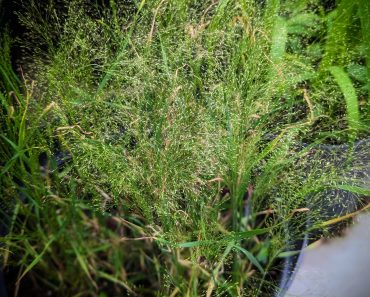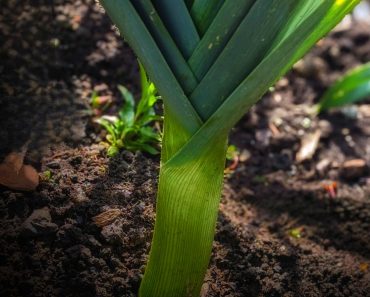Otherwise Known as the Cup and Saucer vine, Cobaea scandens is a half-hardy Annual climber in the UK. These beautiful vines grow incredibly fast! Reaching heights of 10-20 ft in one growing season! Read on to see how I grow Mine…
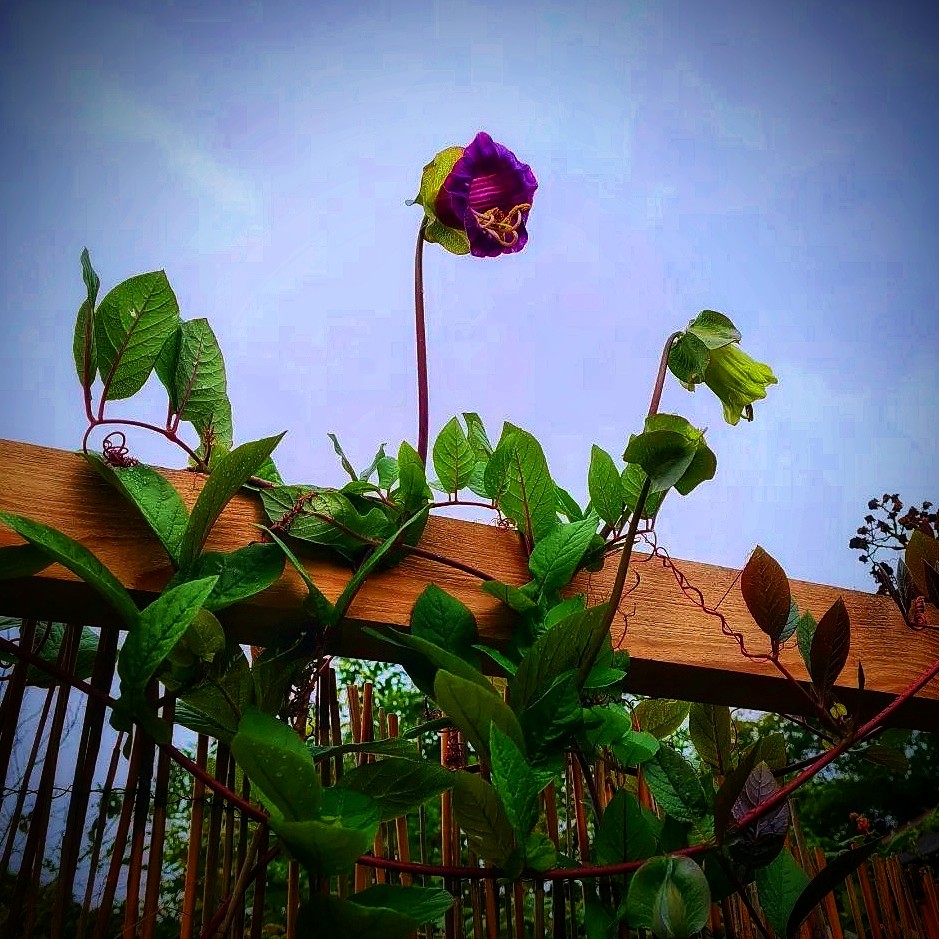
This post may contain Affiliate links please see my disclosure policy
Cobaea Scandens Origins
The Cup and saucer vine, also known as Cathedral Bells, Mexican Ivy, and Monastery bells, is native to Mexico. Most prevalent in sub-tropical forests, it is one of 20 species of woody, evergreen and herbaceous climbers belonging to the Phlox family.
Cobaea Scandens Characteristics
Aptly named the Cup and Saucer Vine due to its uncanny resemblance to a China Tea Cup ! This elegant self-clinging vine has Vibrant Purple flowers, red stems and dark green leaves. The vines often give a draped effect when trained to climb, trellis, Pergolas, Arches and arbours…a truly uniquely beautiful plant.
What Do Cobaea Scandens Smell Like?
Once the flowers are fully opened, they have a slightly sweet fragrance, kind of like, a mild floraly honey scent…if that makes sense!
Charles Darwin’s Observation Of Cobaea Scandens
Charles Darwin the world renowned English naturalist, geologist, and biologist conducted a study in 1875 of various climbing plants in ‘The Movements and Habits of Climbing Plants’. He was particularly impressed with the vigour and strength of the Cobaea Scandens writing this in his observations…
‘This is an excellently constructed climber. The tendrils on a fine plant were eleven inches long, with the petiole bearing two pairs of leaflets, only two and a half inches in length. They revolve more rapidly and vigorously than those of any other tendril-bearer observed by me, with the exception of one kind of Passiflora’
‘The long, straight, tapering main stem of the tendril of the Cobaea bears alternate branches; and each branch is several times divided, with the finer branches as thin as very thin bristles and extremely flexible, so that they are blown about by a breath of air; yet they are strong and highly elastic’.
‘The extremity of each branch is a little flattened, and terminates in a minute double (though sometimes single) hook, formed of a hard, translucent, woody substance, and as sharp as the finest needle. On a tendril which was eleven inches long I counted ninety-four of these beautifully constructed little hooks. They readily catch soft wood, or gloves, or the skin of the naked hand. With the exception of these hardened hooks, and of the basal part of the central stem, every part of every branchlet is highly sensitive on all sides to a slight touch, and bends in a few minutes towards the touched side’.
‘By lightly rubbing several sub-branches on opposite sides, the whole tendril rapidly assumed an extraordinarily crooked shape. These movements from contact do not interfere with the ordinary revolving movement. The branches, after becoming greatly curved from being touched, straighten themselves at a quicker rate than in almost any other tendril seen by me, namely, in between half an hour and an hour’.
How To Grow Cobaea Scandens
Cobaea Scandens are one of the fastest growing Annual Vines in the UK. Blooms arriving around 20 weeks from sowing. An absolute must for quick cover in record time…Despite the Cup and Saucer Vine being native to Subtropical climates, sowing them from seed couldn’t be easier, no fancy lights or equipment needed! Here’s how I do it…
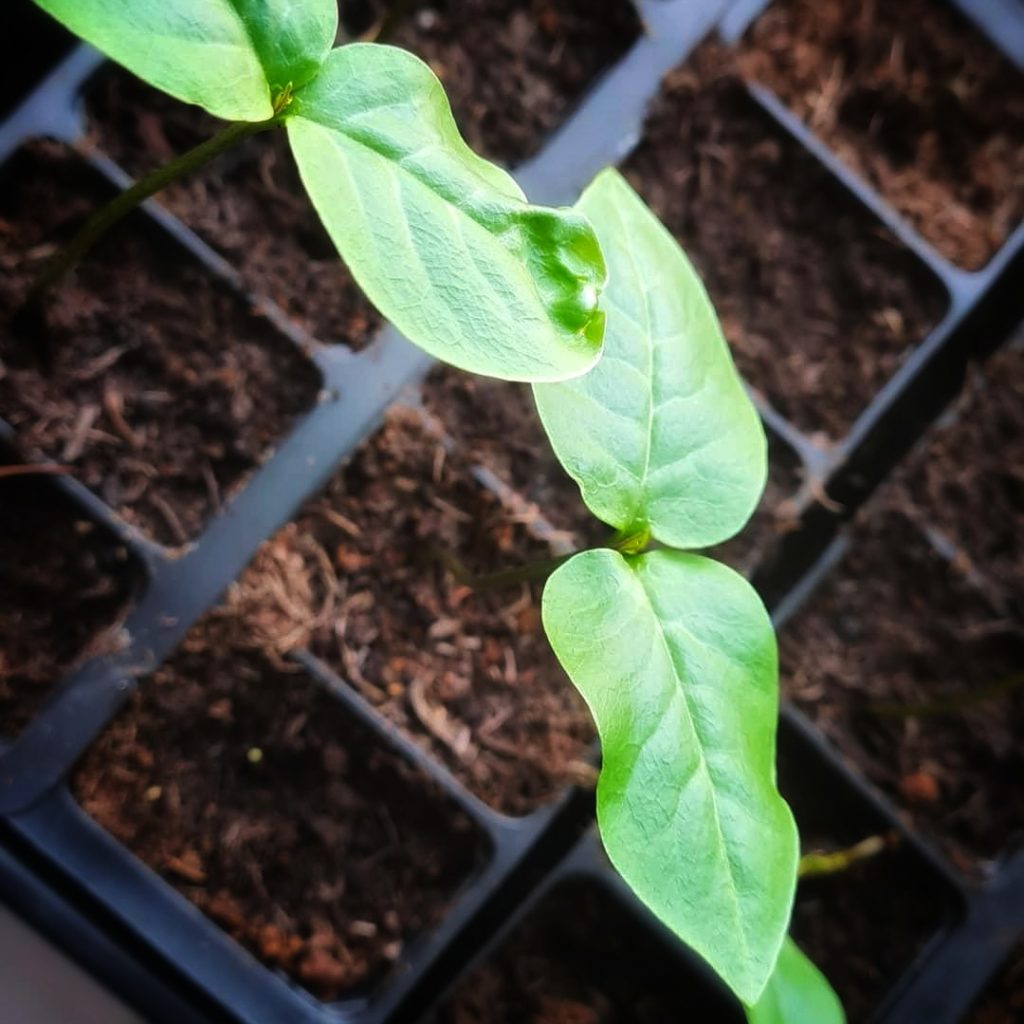
Affiliate links
Sow Indoors– January to April
Buy Cobaea Scandens Seeds Purple
Buy Cobaea Scandens seeds White
- Prior to sowing Cobaea Scanden seeds, soak them for 2 hours in lukewarm water.
- Sow the seeds into modules or pots, 2 seeds per pot, 1 inch deep on their edge into moist, well-drained compost.
- Place on a sunny windowsill and cover with a propagator lid or cling wrap
- When Large enough to handle Prick out and pot on into individual pots
- Plant out once all risk of frost has passed, be sure to harden young plants off first
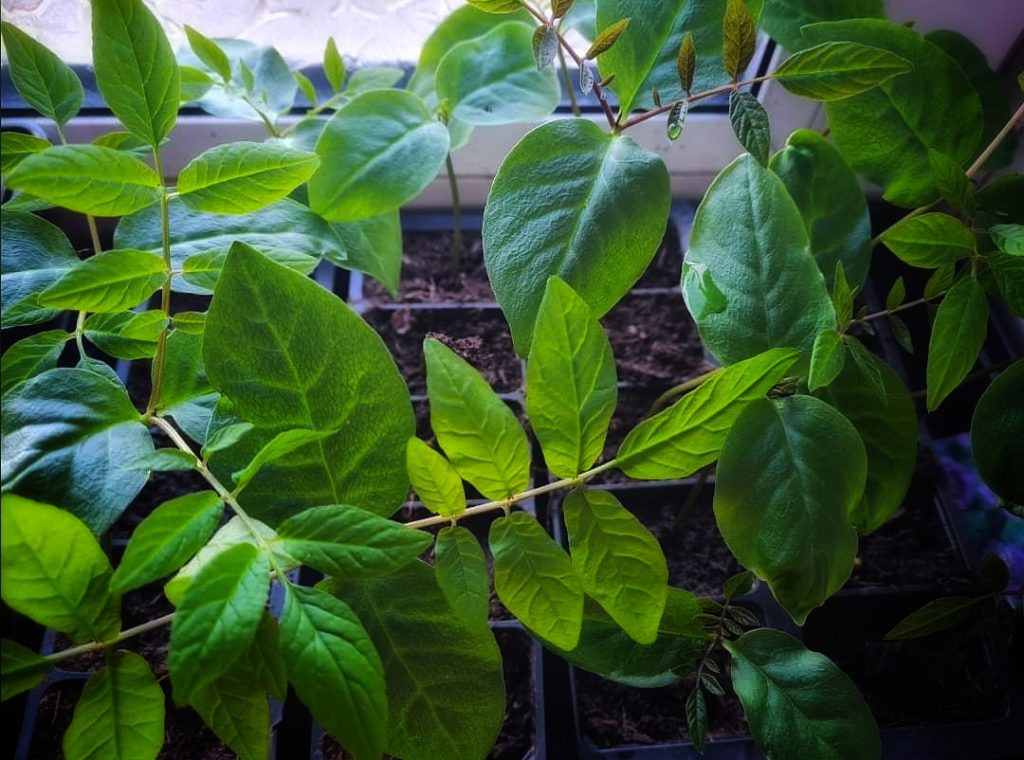
What Does Hardening Off Mean?
Plants raised indoors or in a greenhouse environment, need to be acclimatised to cooler temperatures and increased air movement for about two to three weeks before they are planted outdoors permanently . This is a ‘toughening up’ practice to prepare the plants for their new environment.
How to Harden Off
Place your plants out for a couple of hours in a shady part of the garden. The next day, leave them out again for two hours, but this time allow the plants an hour of direct sunshine in the morning. Gradually continue to increase the length of time the plants are in direct sunshine over the course of roughly two weeks.
Cobaea Scandens Light Requirements
Cup and saucer vines require a full sun position to reach their full bloom potential! Were talking six to eight hours of sunlight each day. These tropic loving plants will most definitely sulk in the shade!
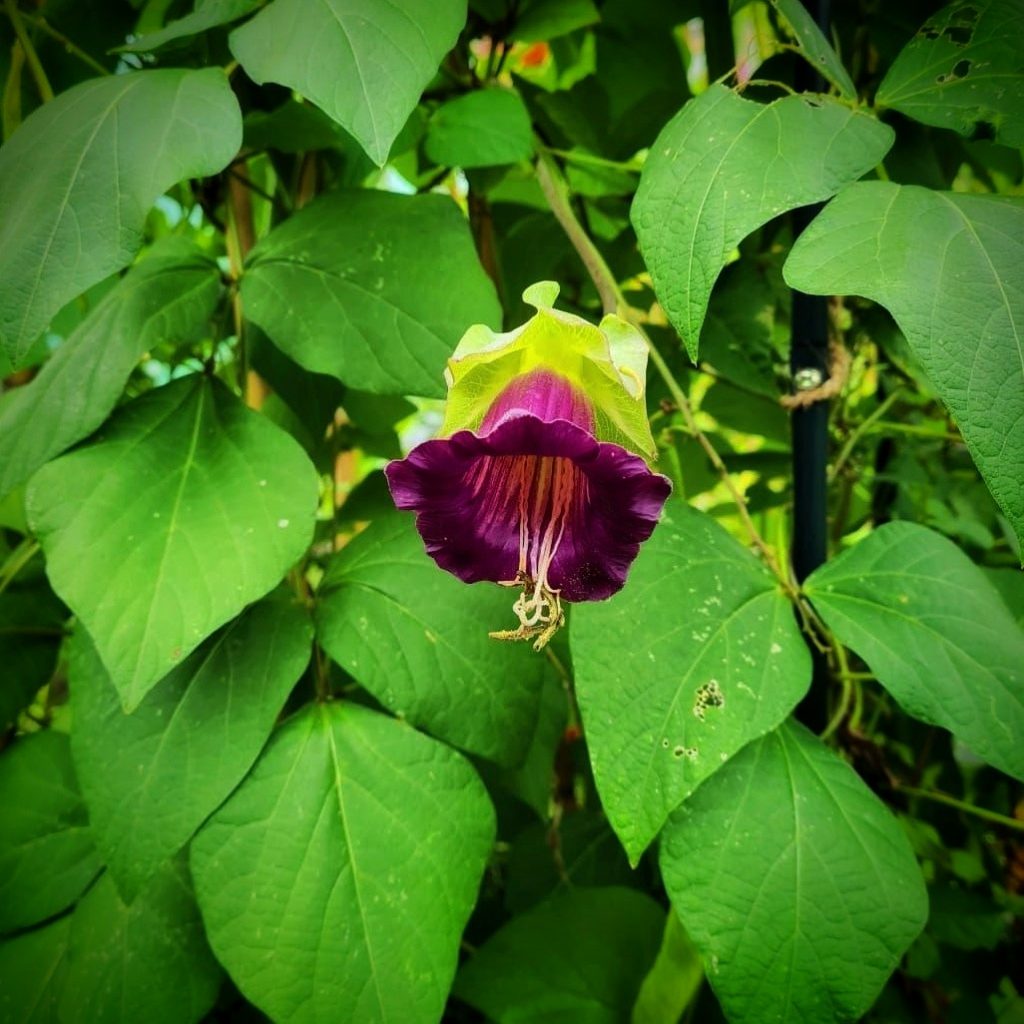
Soil and Water Requirements
Not overly fussy, Cobaea scandens will tolerate most soils, though it will need a well-draining soil to thrive. To give your Cup and Saucer Vine an extra boost mix in some organic matter to your planting hole. Water Regularly, more so during extreme periods of drought.
Caring For Cobaea Scanden Vines
If you want to control the size of the Cup and Saucer Vines, you can always pinch off the growing tip when they reach the top of your support. This will encourage the plant to branch out and produce more buds/flowers.
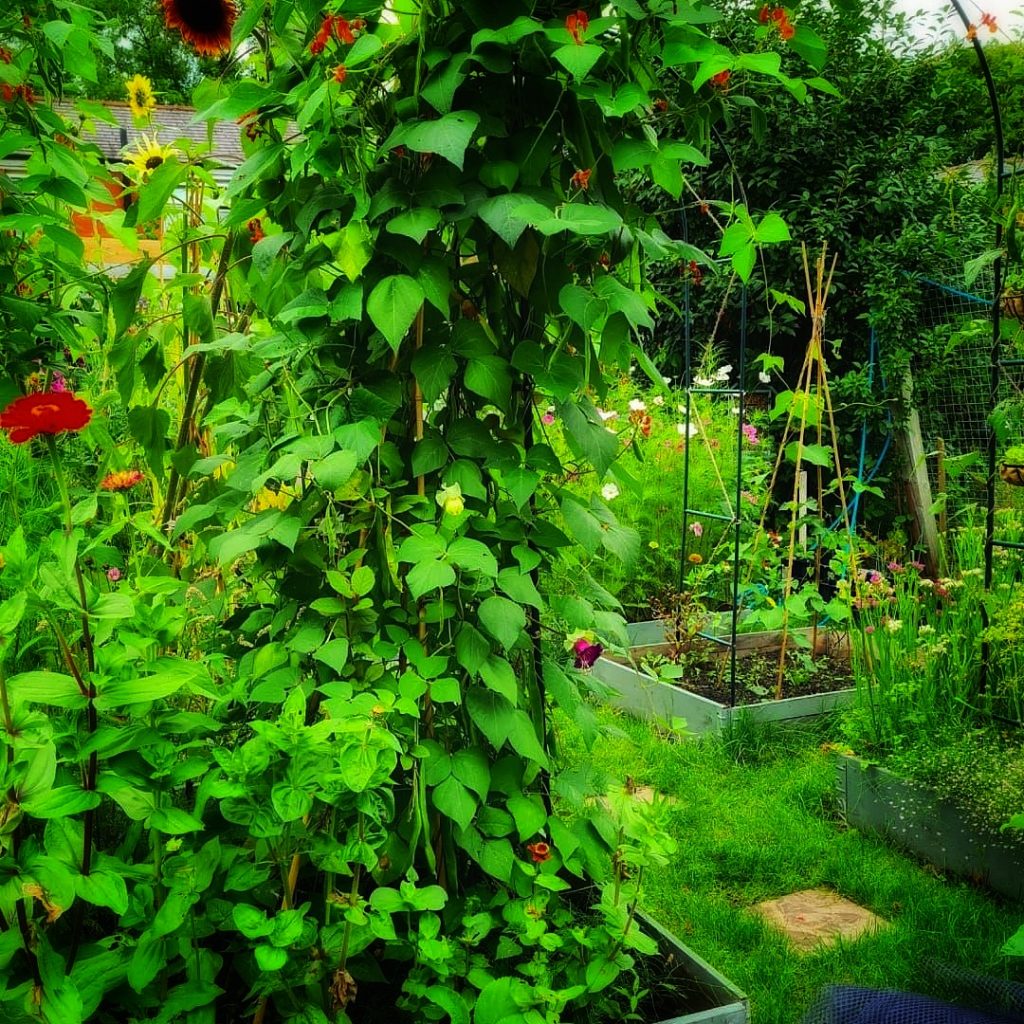
Can You Grow Cobaea Scandens in Pots?
Absolutely! Just be sure to provide an extra large pot and a structure for it to climb.
Can You Grow Cobaea Scandens in a Greenhouse?
I did! In fact, they loved the warmer temperatures of the greenhouse environment and come autumn the leaves developed a lovely red hue! The flowers bloomed until late November until the plant expired :o(
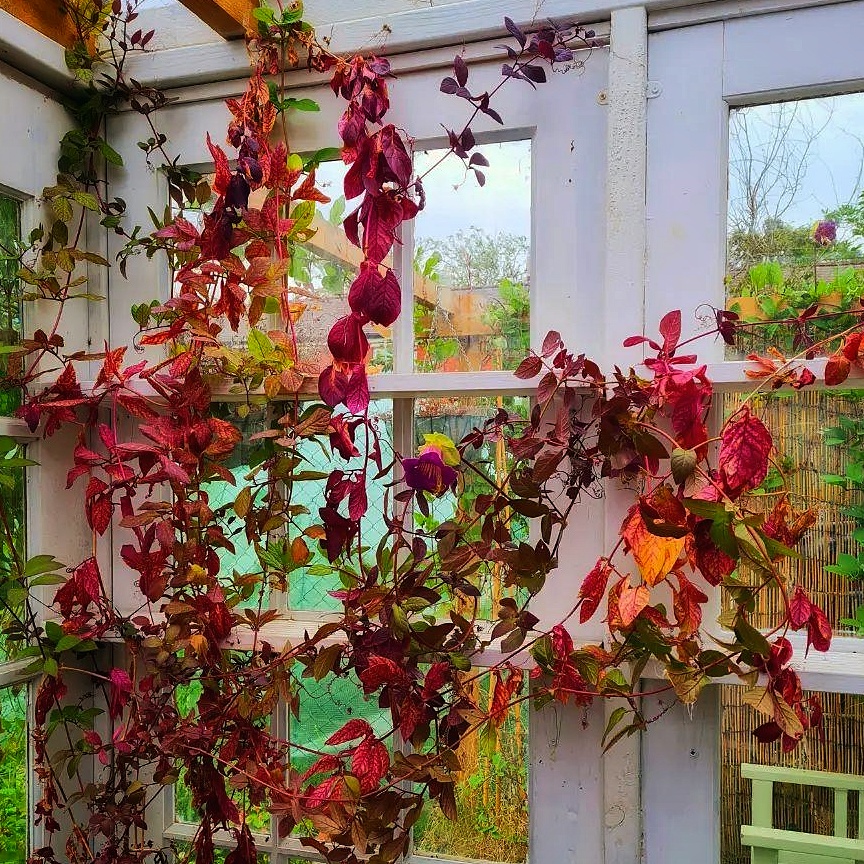
Looking For More Growing Flowers Posts?
Looking For more ‘Homely’ Inspo ?
Have a Nosey Around the Blog! See what i’ve been Baking, Growing and Drinking! Also, pop over and say Hi on Instagram

